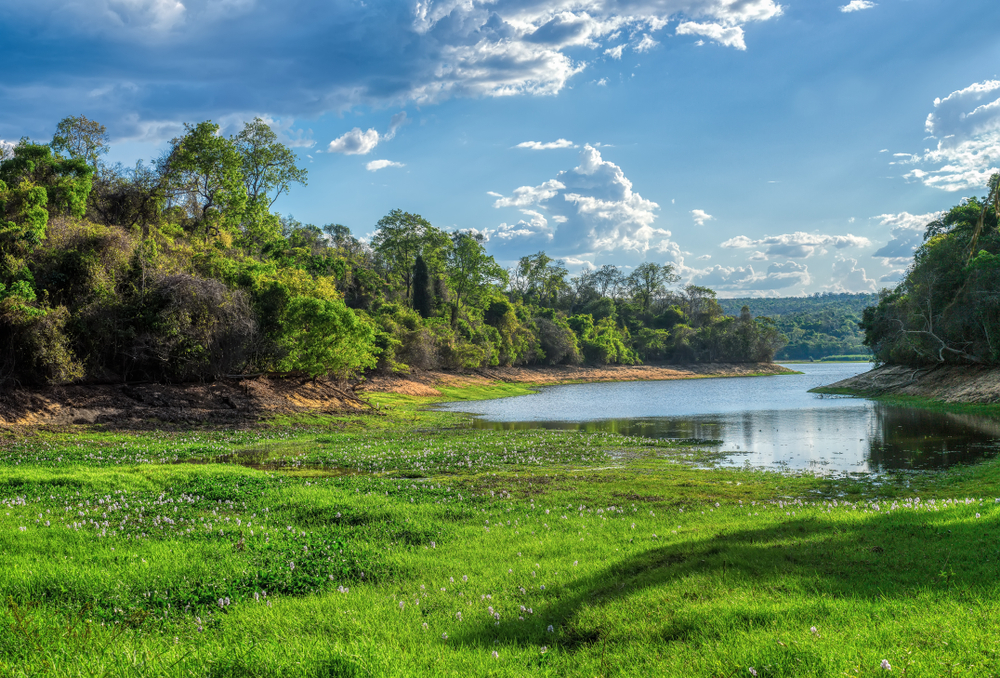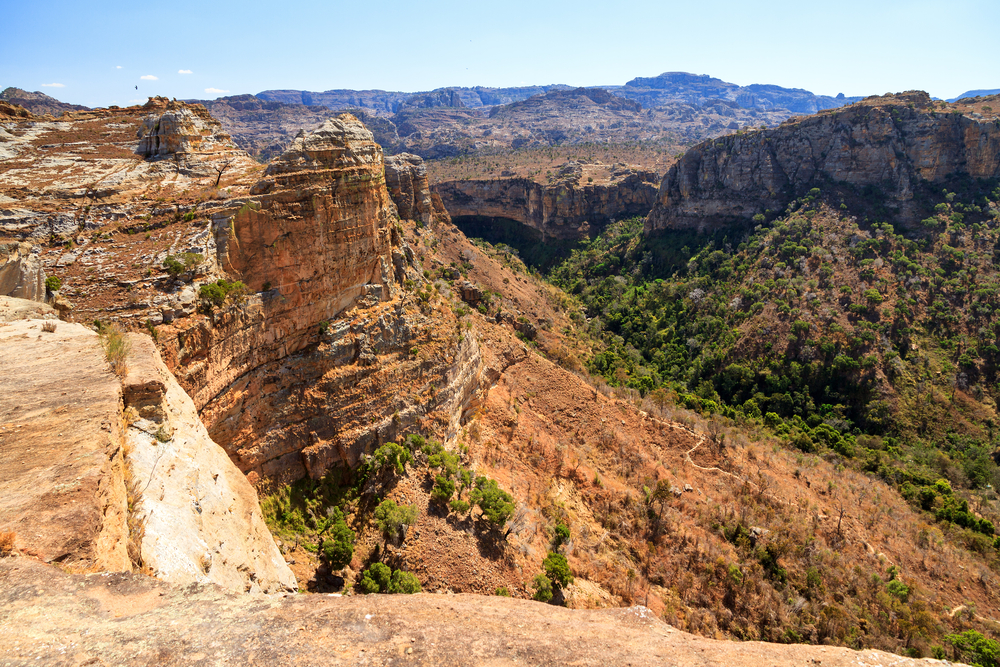Ankarafantsika Overview
Ankarafantsika National Park, locally known as “Parc National d’Ankarafantsika,” is located in northwestern Madagascar, near the city of Mahajanga. Renowned for its dry deciduous forests, lakes, and striking sandstone formations, the park is a biodiversity hotspot and an essential refuge for Madagascar’s endemic species. Spanning approximately 1,350 square kilometers (521 square miles), Ankarafantsika is a vital part of Madagascar’s conservation network and an important destination for eco-tourists seeking to explore the island’s unique ecosystems.
The terrain of Ankarafantsika National Park is characterized by a mix of rolling hills, flat plains, and eroded sandstone formations, known locally as “lavaka.” The park’s lakes, such as Lake Ravelobe, provide critical water sources for both wildlife and local communities. The vegetation is dominated by dry deciduous forests, with towering trees like baobabs and palisander interspersed with shrubs, lianas, and patches of savanna. During the rainy season, the forest bursts into life, with vibrant greenery and blooming flowers adding color to the landscape.
The park is home to an impressive array of wildlife, many of which are endemic to Madagascar. It serves as a sanctuary for eight lemur species, including the iconic Coquerel’s sifaka, mongoose lemurs, and the nocturnal mouse lemur. Birdlife is equally diverse, with over 130 species recorded, including the Madagascar fish eagle, a critically endangered raptor, and the striking Van Dam’s vanga. Reptiles such as chameleons, snakes, and the Madagascar big-headed turtle thrive in the park’s diverse habitats, making it a hub for herpetological research.
Visitors to Ankarafantsika can engage in various activities that highlight the park’s natural beauty and biodiversity. Well-maintained hiking trails, such as the Coquerel Trail and the Ravelobe Circuit, provide opportunities for wildlife spotting and exploration. Birdwatching is a popular activity, particularly around the lakes and forest edges. The park also offers boat tours on Lake Ravelobe, where visitors can enjoy serene views while learning about the park’s aquatic ecosystems. Cultural tours with local Sakalava communities offer insights into traditional practices and their connection to the land.
Despite its ecological importance, Ankarafantsika National Park faces challenges such as deforestation, agricultural encroachment, and poaching. Conservation efforts, led by Madagascar National Parks and international organizations, focus on habitat restoration, anti-poaching initiatives, and community-based programs that promote sustainable livelihoods. Environmental education campaigns aim to raise awareness about the importance of preserving this unique ecosystem for future generations.
Ankarafantsika National Park is a testament to Madagascar’s unparalleled natural heritage. Its diverse landscapes, unique wildlife, and cultural significance make it a must-visit destination for eco-tourists and researchers. Protecting this extraordinary park is essential for safeguarding Madagascar’s endemic species and ensuring the long-term health of its ecosystems.

















































































